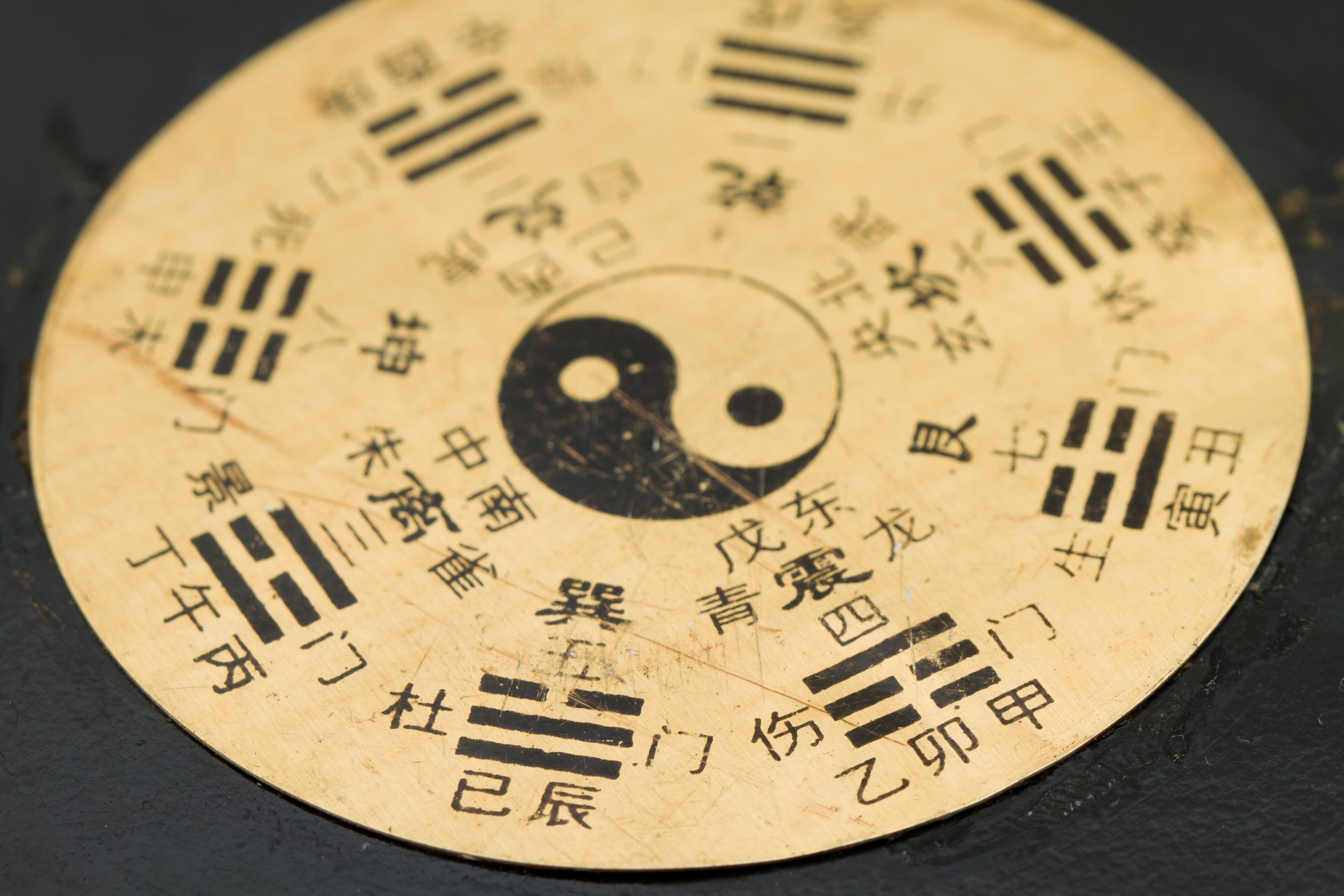Understanding Yin Yang Theory
In popular culture the Yin Yang symbol has almost become a caricature of itself as the poster child of "opposites". It's actually quite a bit more than that, in fact, it's everything.
In the realm of Classical Chinese Medicine (CCM), the concept of Yin and Yang stands as a cornerstone of understanding the universe, the human body, and the dynamic balance between them. Yin and Yang are more than mere opposites; they are fundamental forces that shape all aspects of existence. This article delves into the heart of Yin and Yang theory, shedding light on its significance in CCM and its application to holistic well-being.
The Dance of Duality: Yin and Yang Defined
Yin and Yang, often represented as the iconic black-and-white circular symbol, encapsulate the essence of duality and interconnectedness. This concept portrays the harmonious interplay of opposing forces, revealing how seemingly contradictory elements are integral parts of a greater whole.
Yin: Embrace the Subtle Essence
Yin embodies qualities such as darkness, stillness, cold, moisture, and receptivity. It is associated with the moon, night, and the interior aspects of the body. Yin represents the nurturing, hidden, and contemplative aspects of life. In the context of the human body, Yin manifests through fluids, blood, and the organs' nurturing functions.
Yang: Embrace the Dynamic Force
On the other hand, Yang embodies qualities of light, warmth, movement, and activity. It is linked to the sun, day, and the exterior aspects of the body. Yang represents the active, outward, and transformative aspects of existence. In the body, Yang governs functions related to energy, metabolism, and circulation.
Dynamic Balance: Yin-Yang Interactions
While Yin and Yang are opposites, they are not static entities; they exist in a state of constant flux and interaction. The harmonious balance between Yin and Yang is essential for health. Imagine the sun and the moon—neither can exist without the other, and their interaction forms the rhythm of day and night.
Application in Health: Balance and Harmony
In CCM, health is the result of achieving and maintaining balance between Yin and Yang. Illness arises when this equilibrium is disrupted. For instance, excessive Yang can lead to fever and restlessness, while excessive Yin can result in coldness and lethargy.
Five Phases (Wu Xing): Yin-Yang Embodied
To deepen the understanding of Yin and Yang, the Five Phases theory is introduced. This theory categorizes natural phenomena into Wood, Fire, Earth, Metal, and Water—each phase embodying both Yin and Yang aspects. Wood exemplifies Yin's birth and Yang's growth, while Metal embodies Yang's contraction and Yin's dissolution.
Holistic Harmony: Yin-Yang in Daily Life
The Yin-Yang concept extends beyond the physical body to emotions, relationships, and even the environment. A balanced life is one where emotional fluctuations find equilibrium, relationships foster harmony, and environmental interactions are respectful of cycles.
The Heartbeat of Harmony
In the tapestry of Classical Chinese Medicine, Yin and Yang are the heartbeat of harmony and vitality. Their dynamic dance shapes our understanding of health, guiding us to seek balance in all aspects of life. By embracing the interplay of Yin and Yang, we can navigate the intricacies of well-being and find resonance with the essence of the universe itself.

